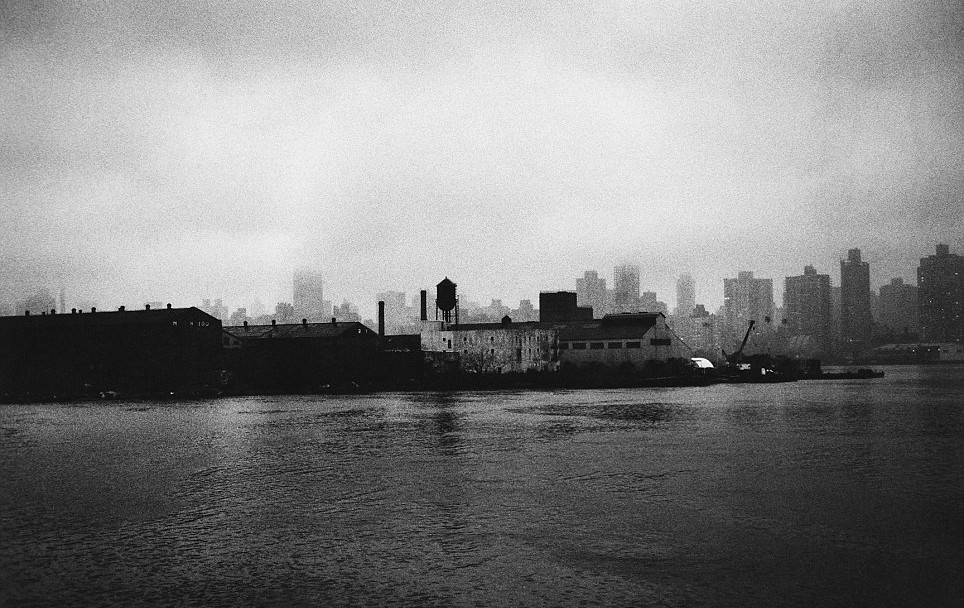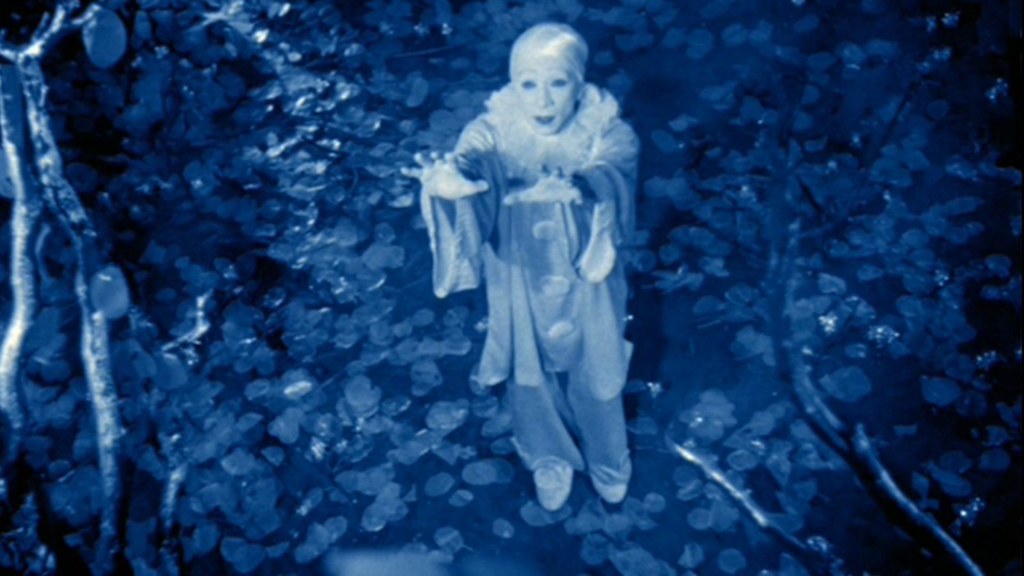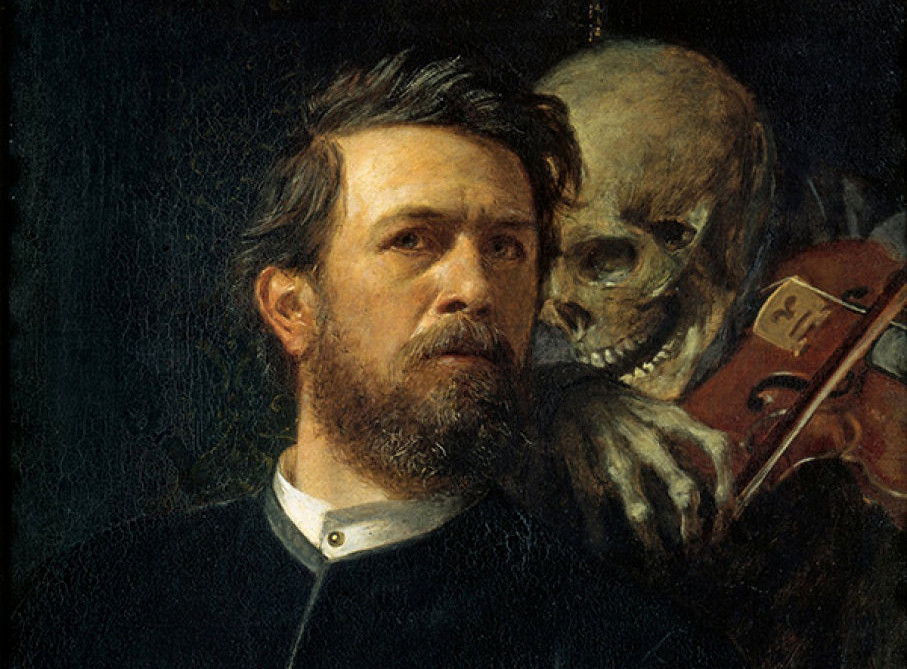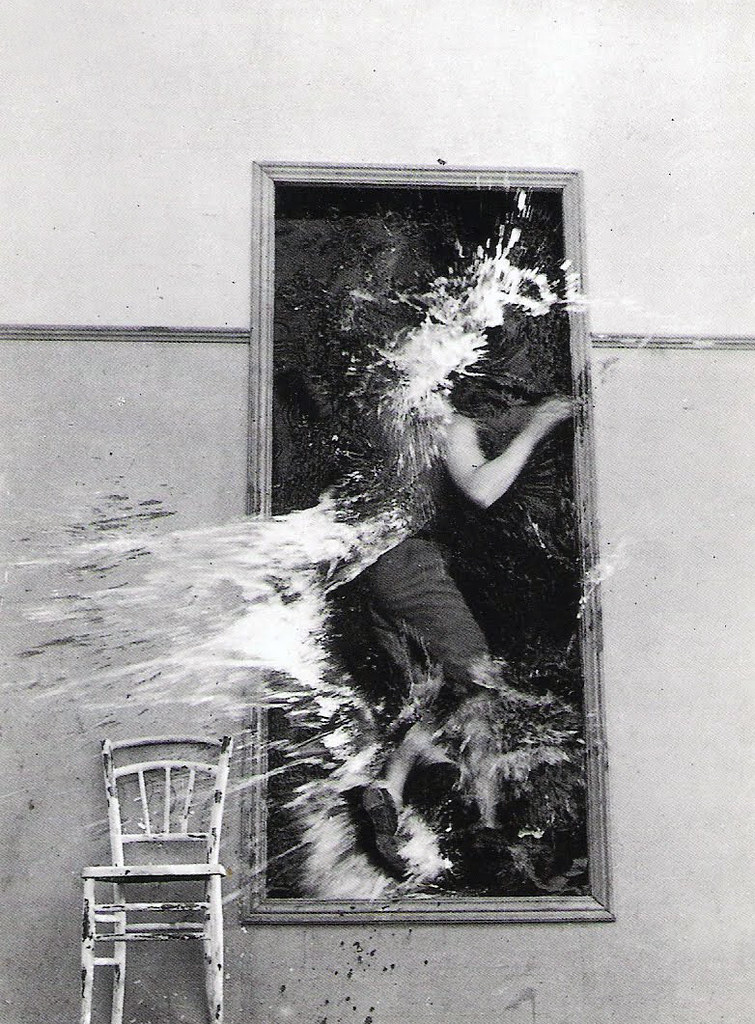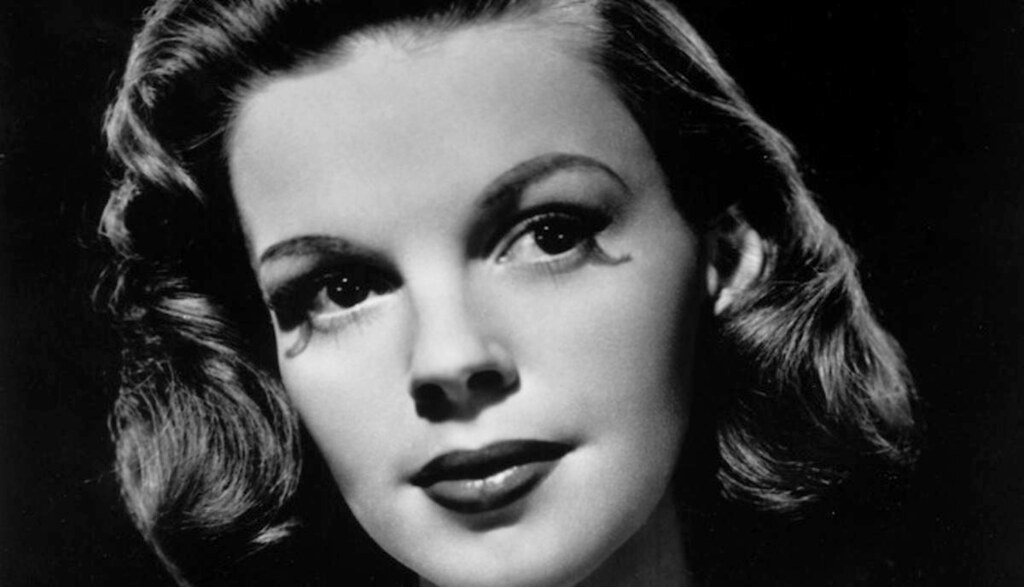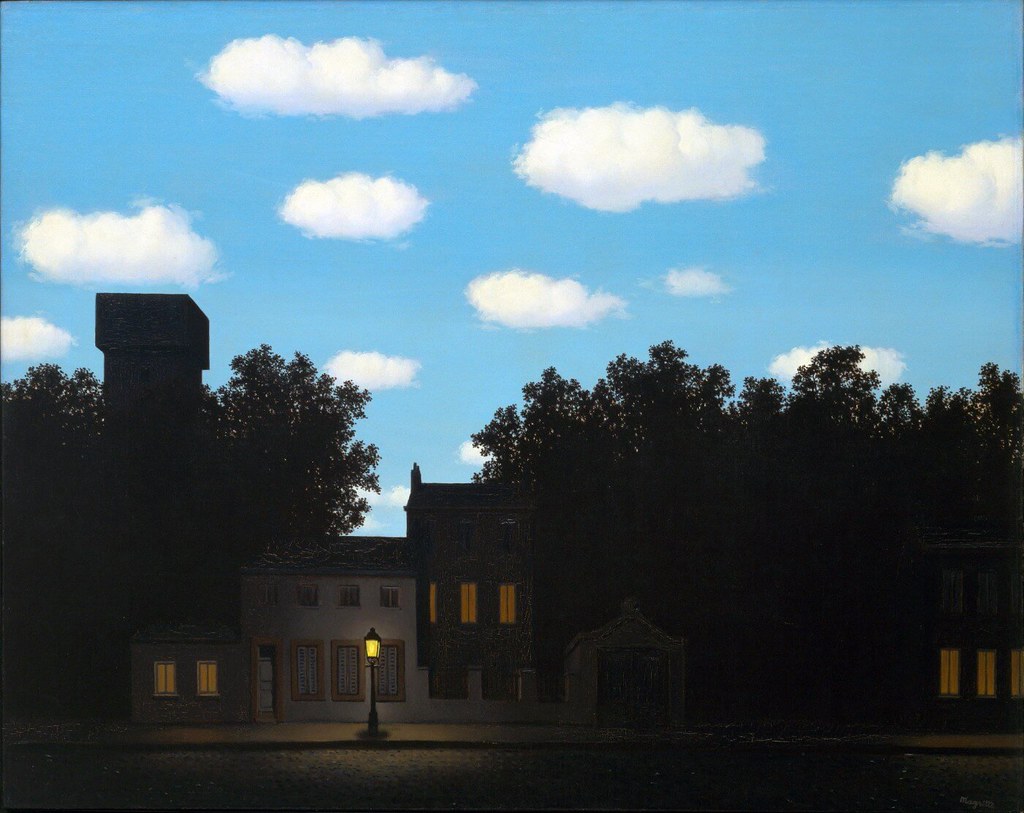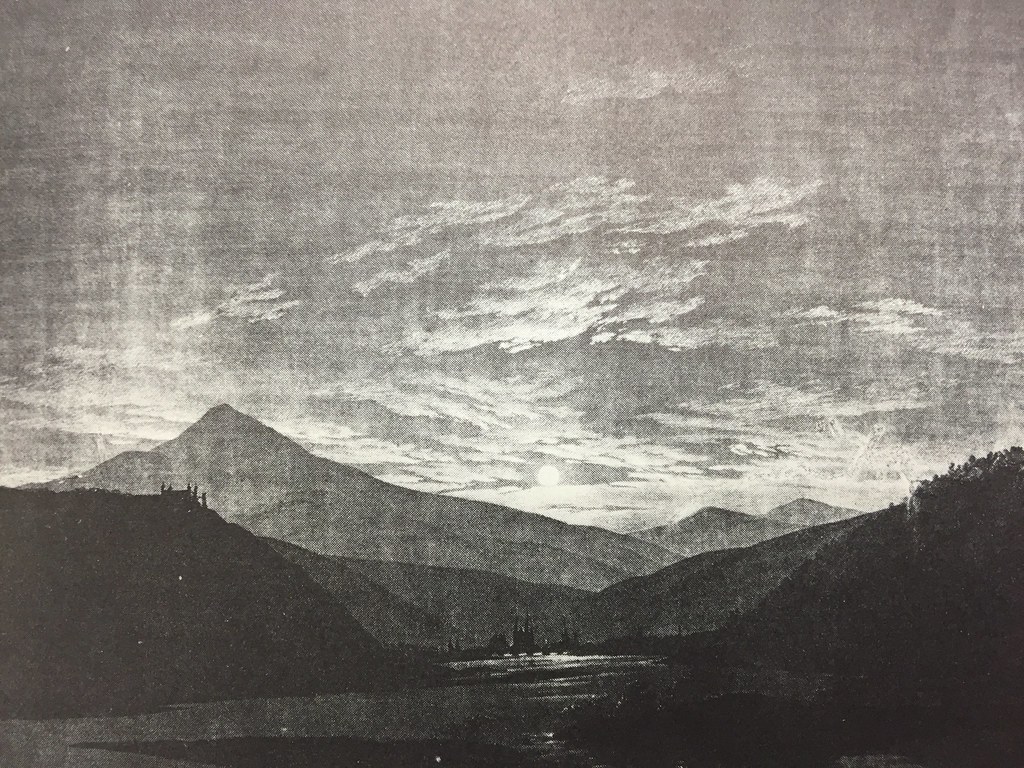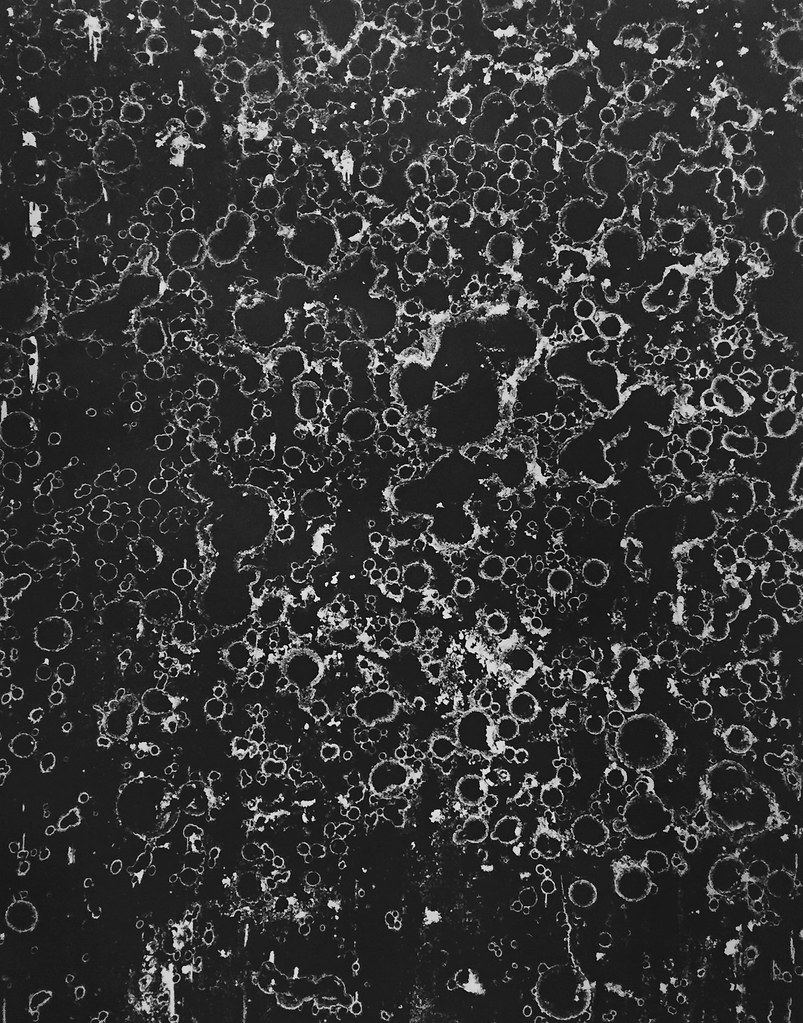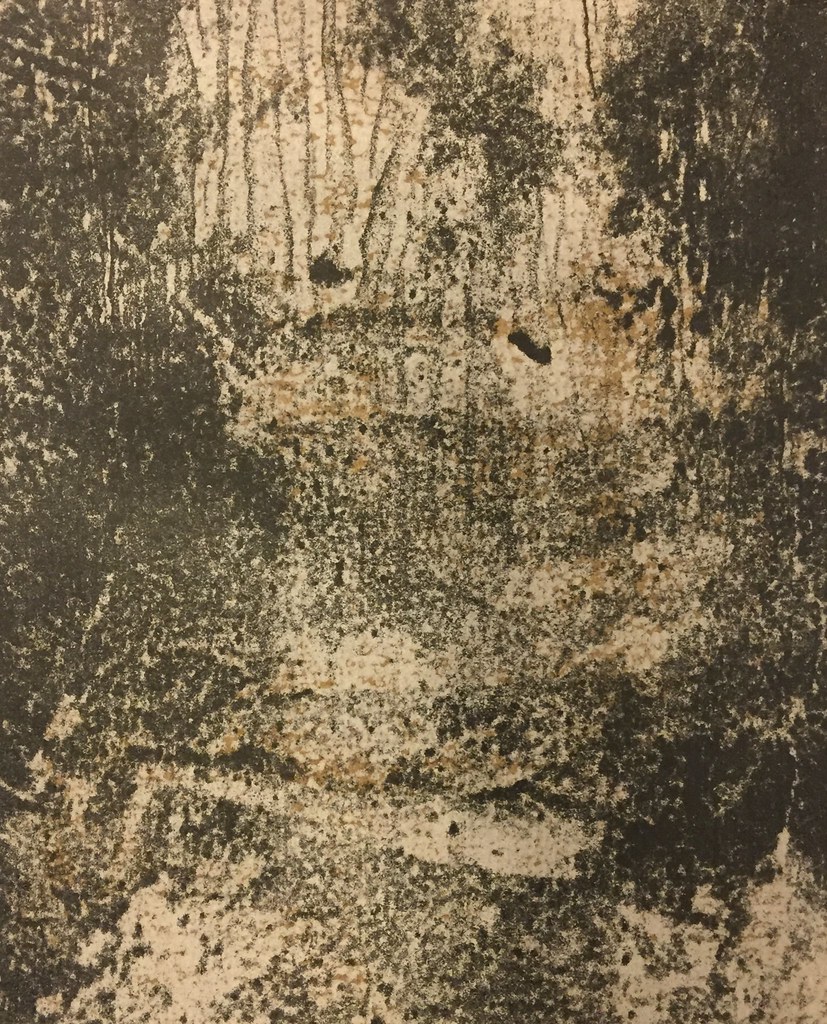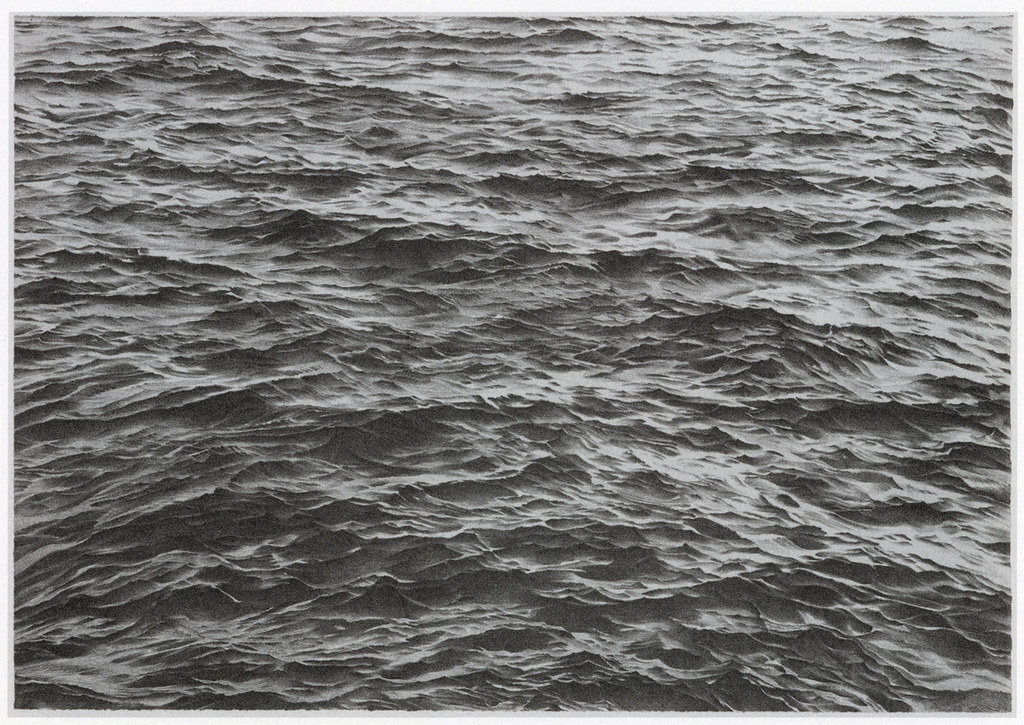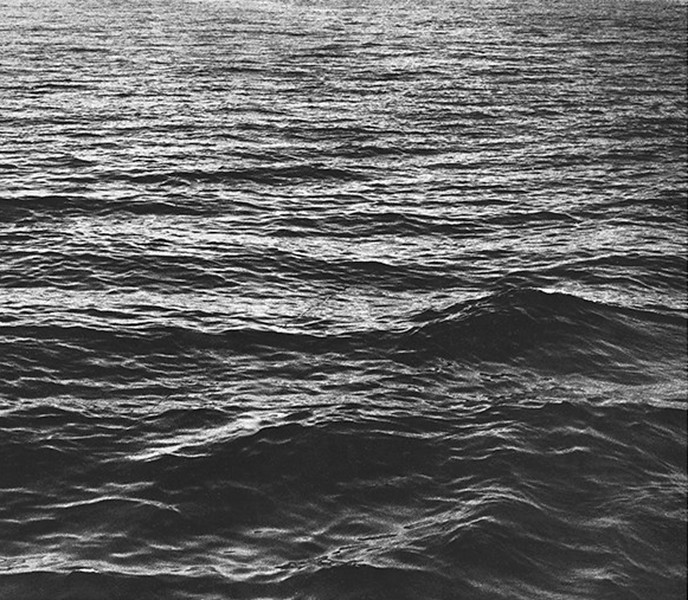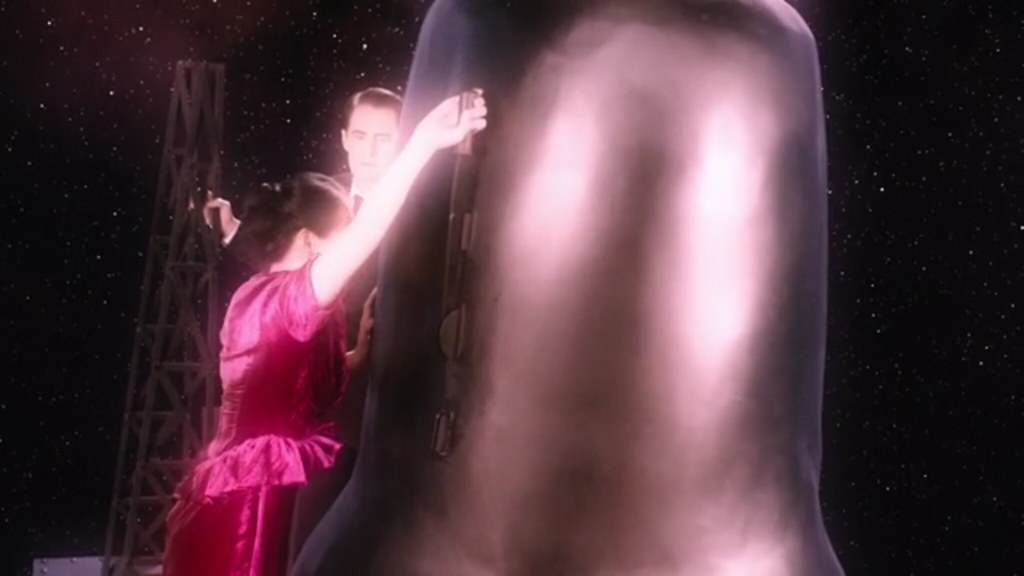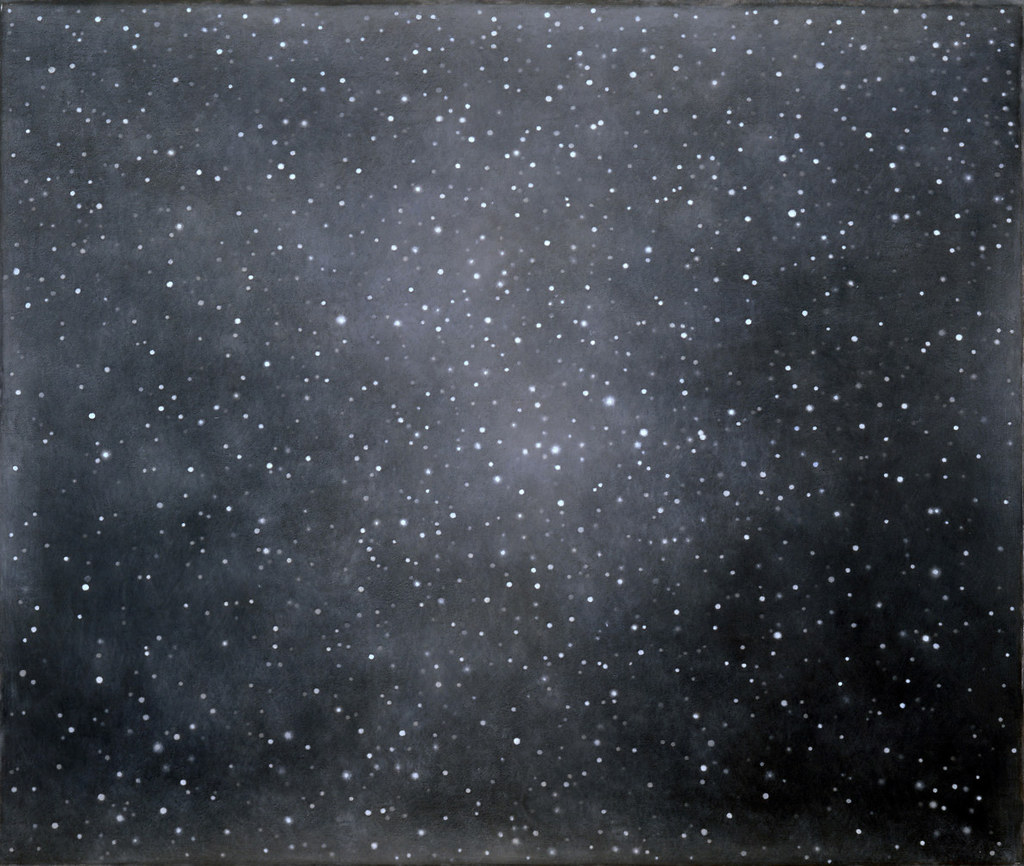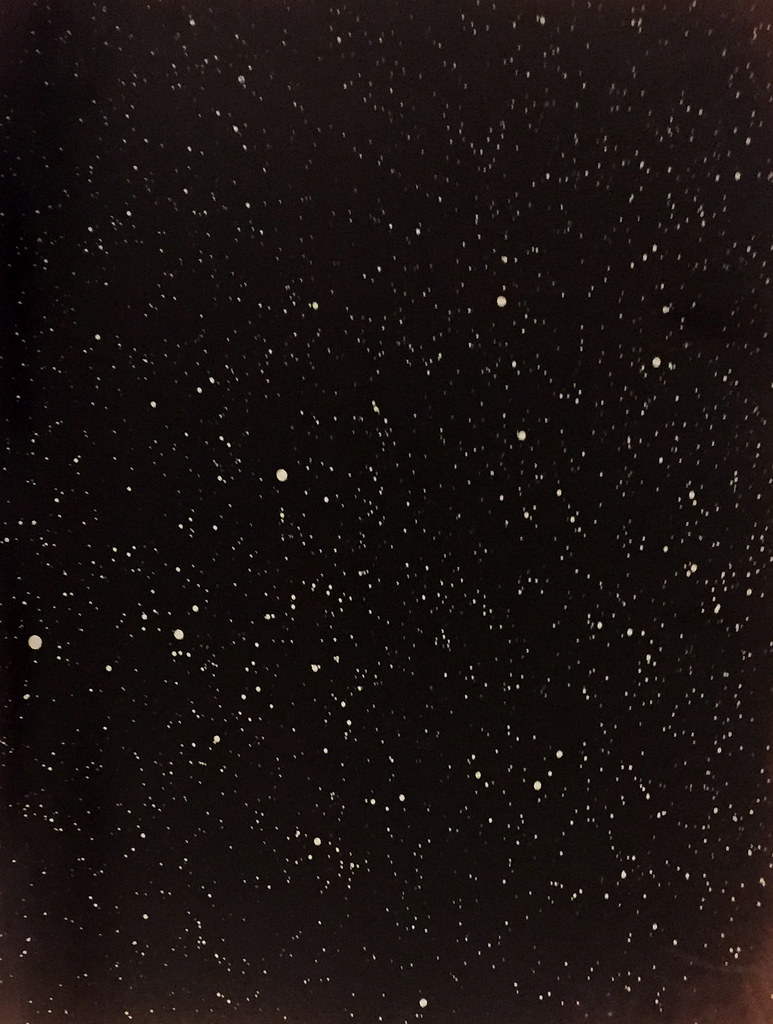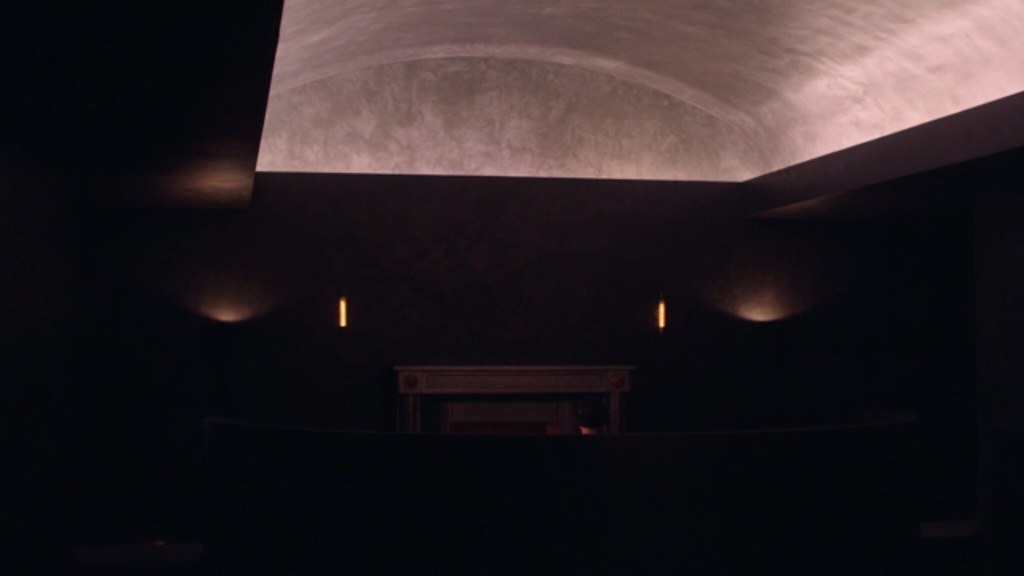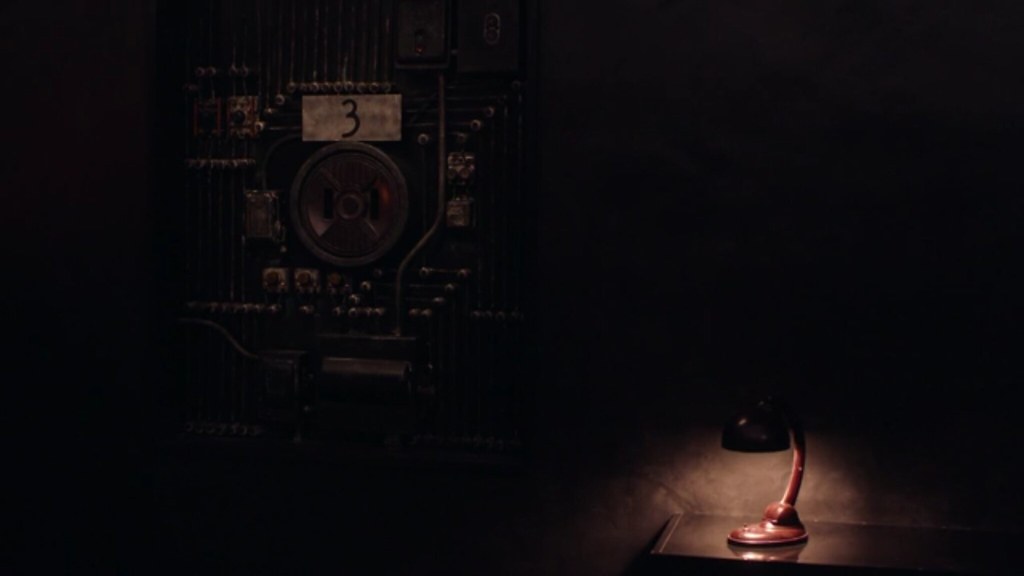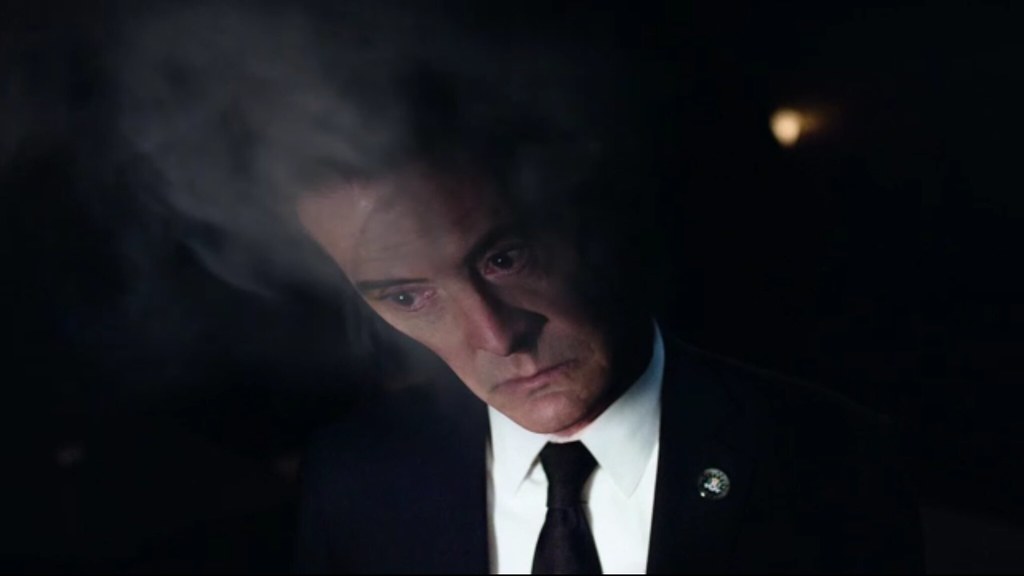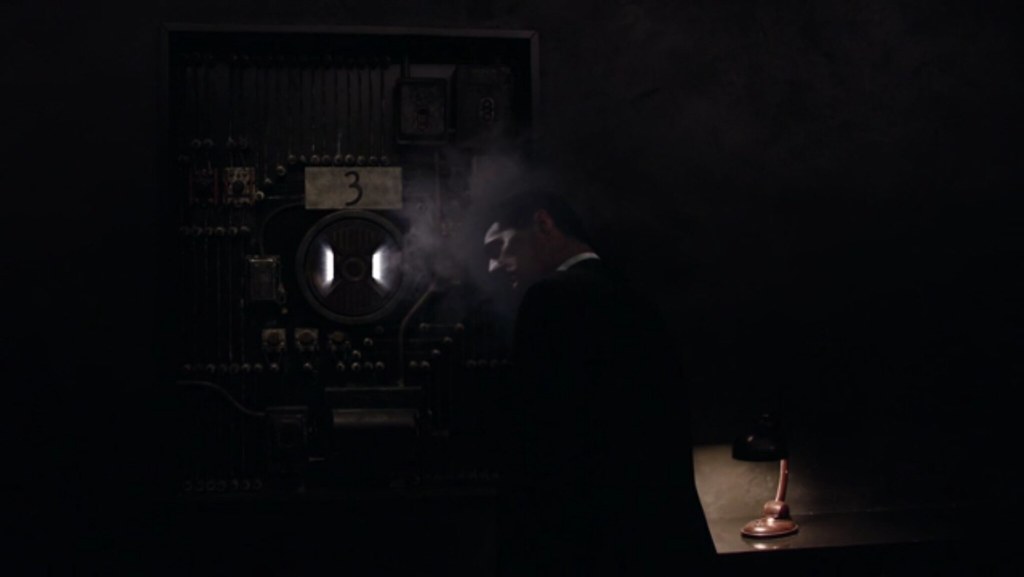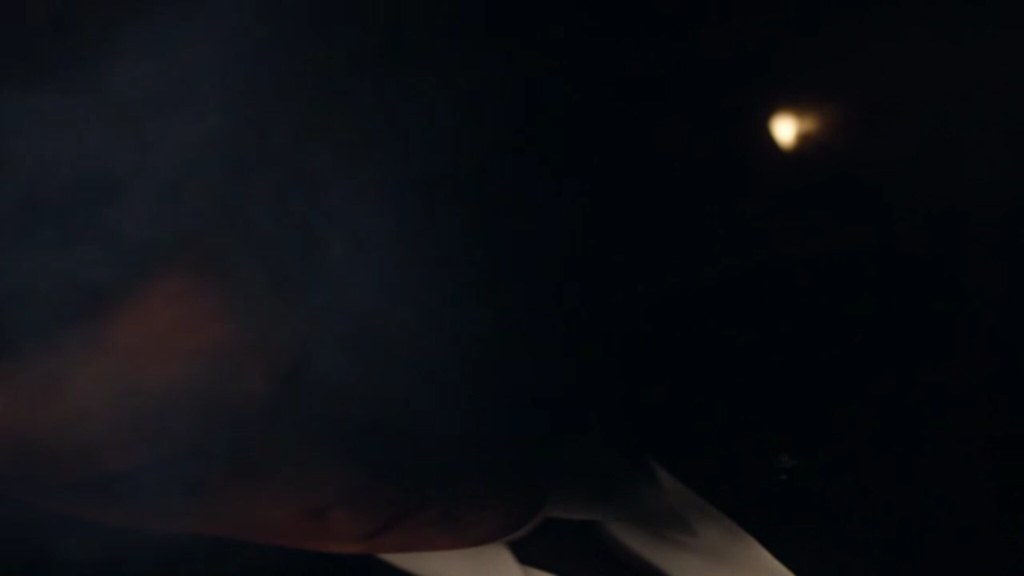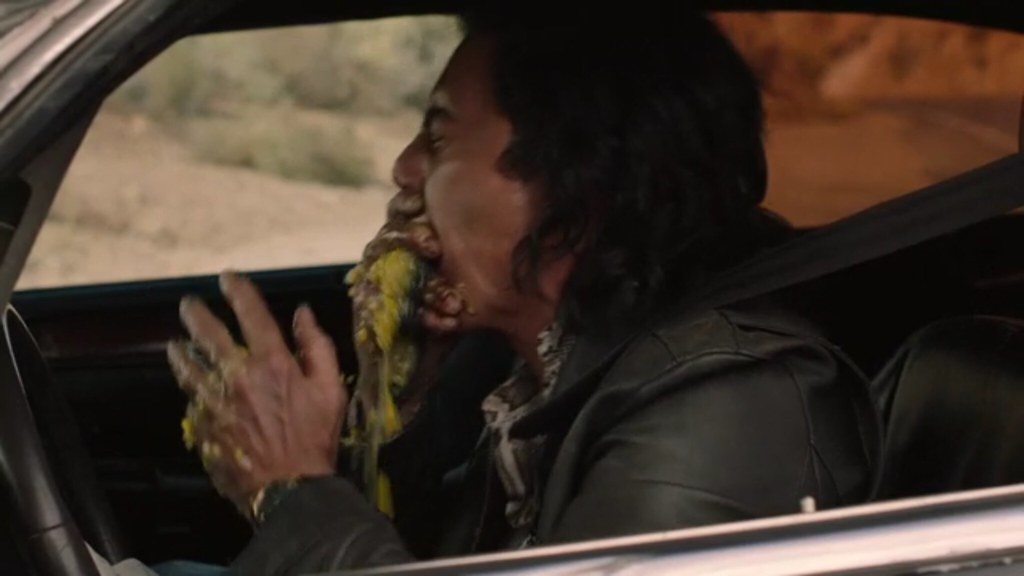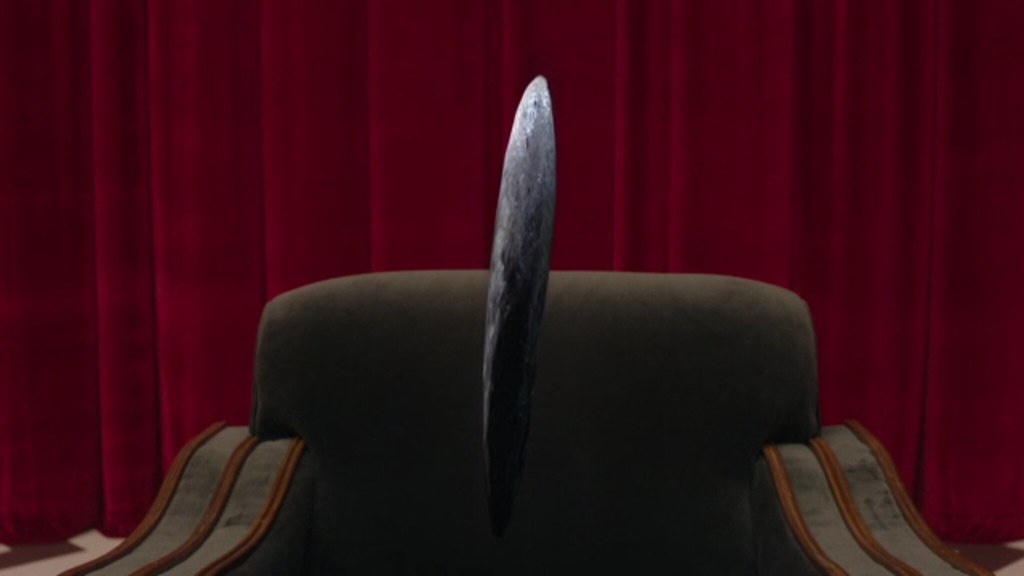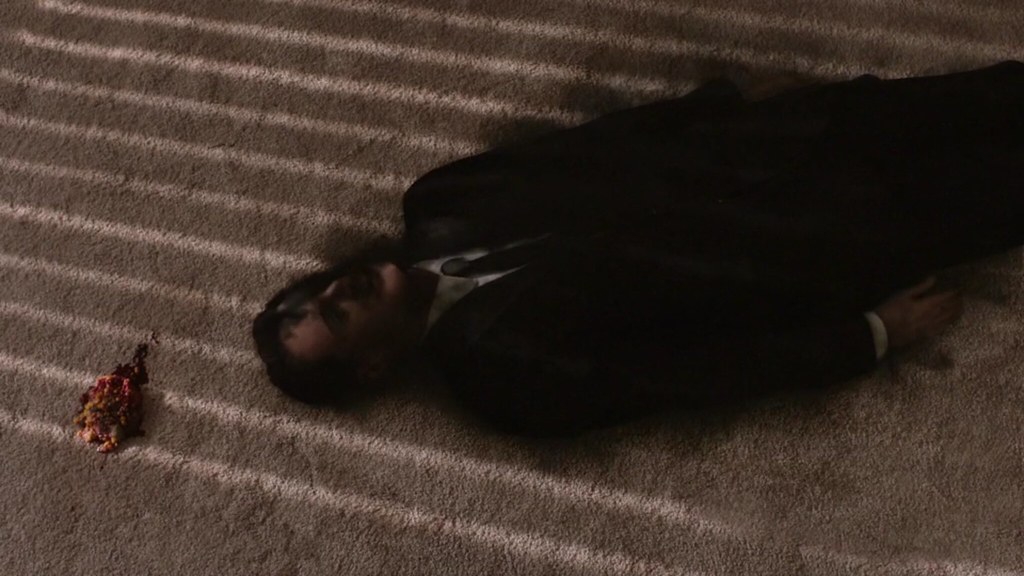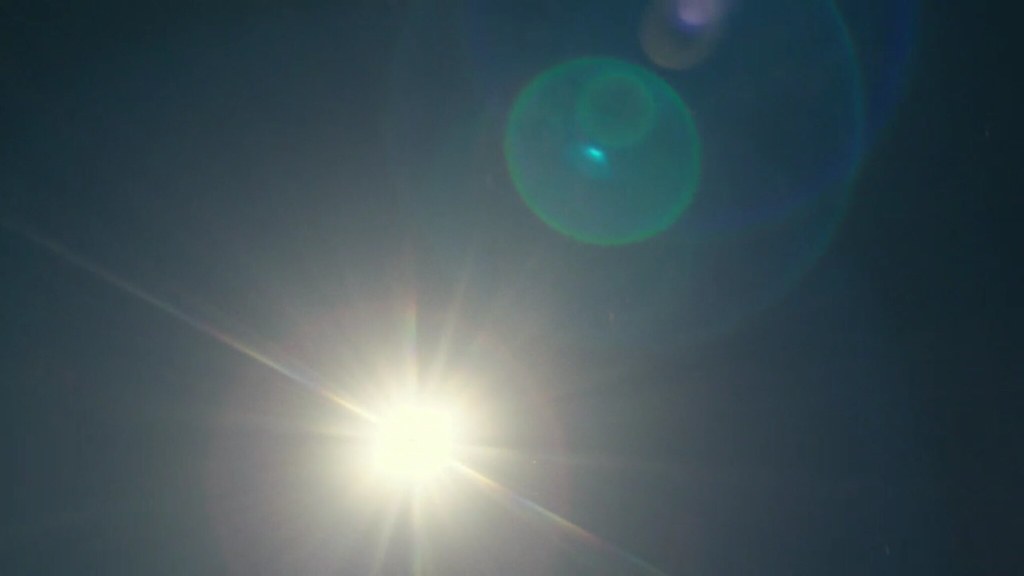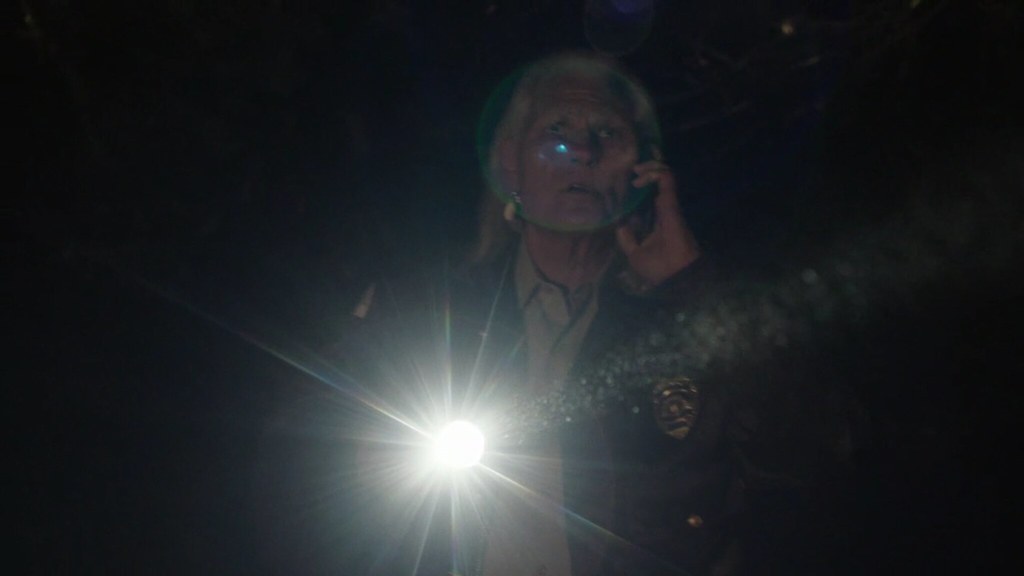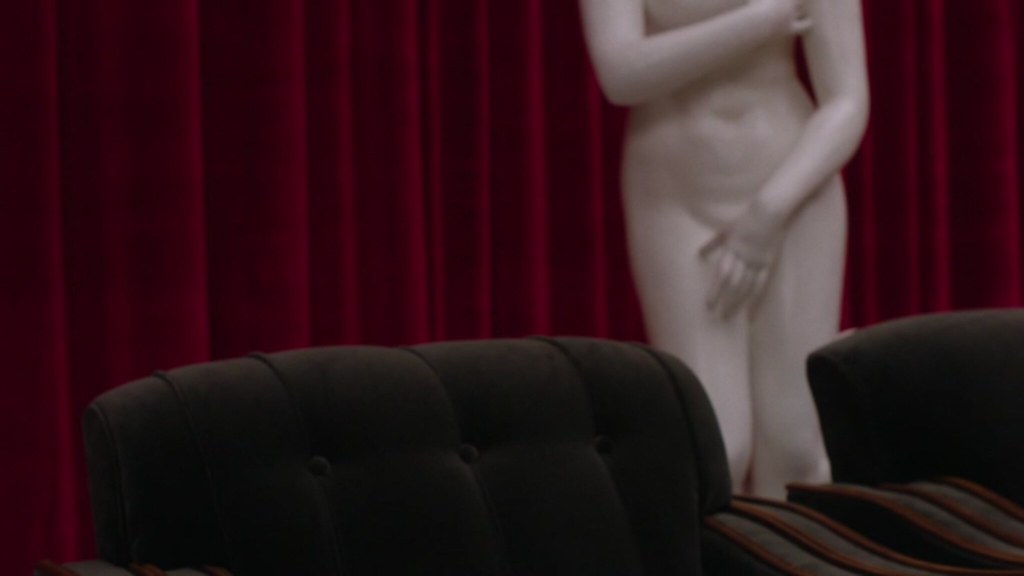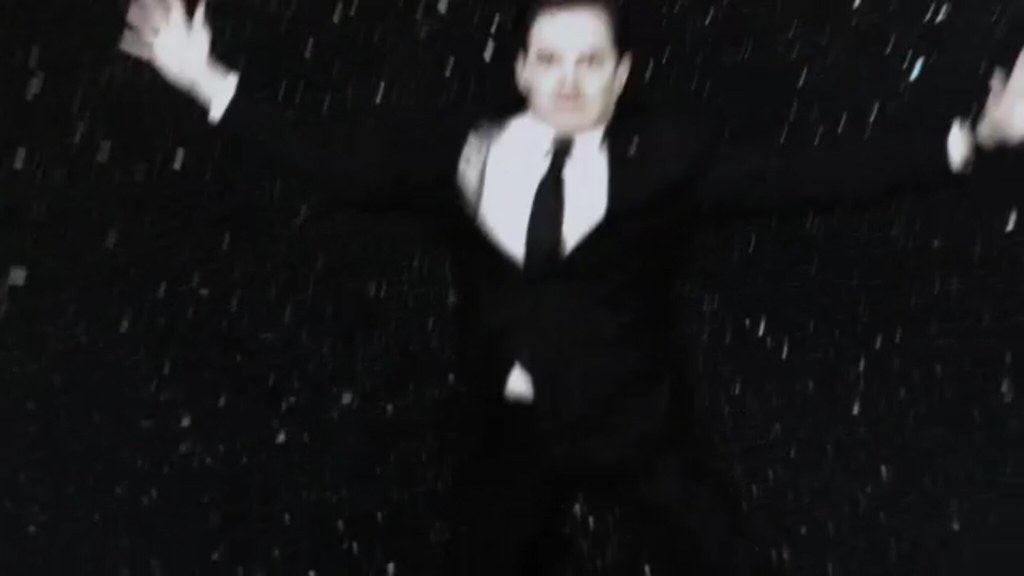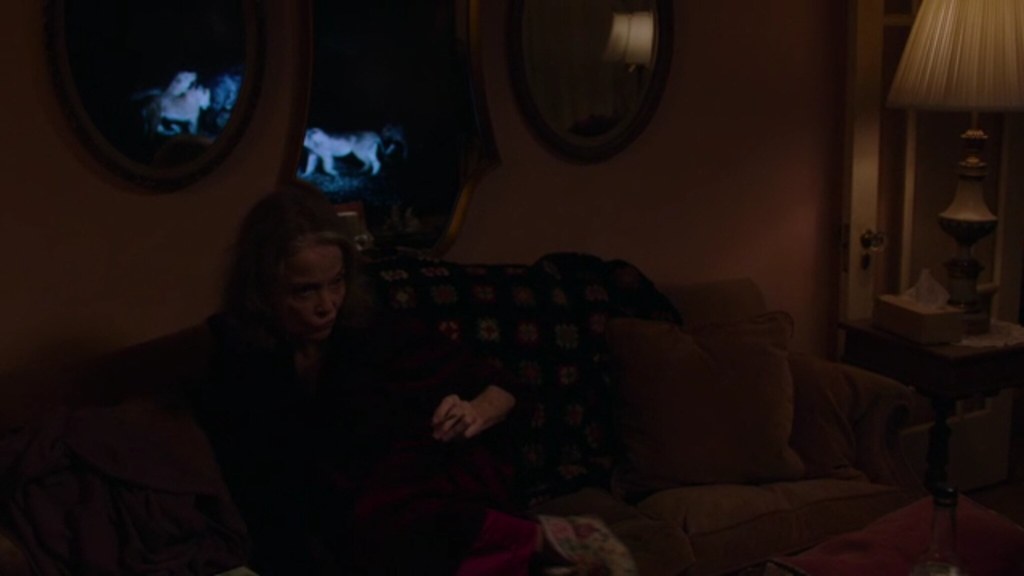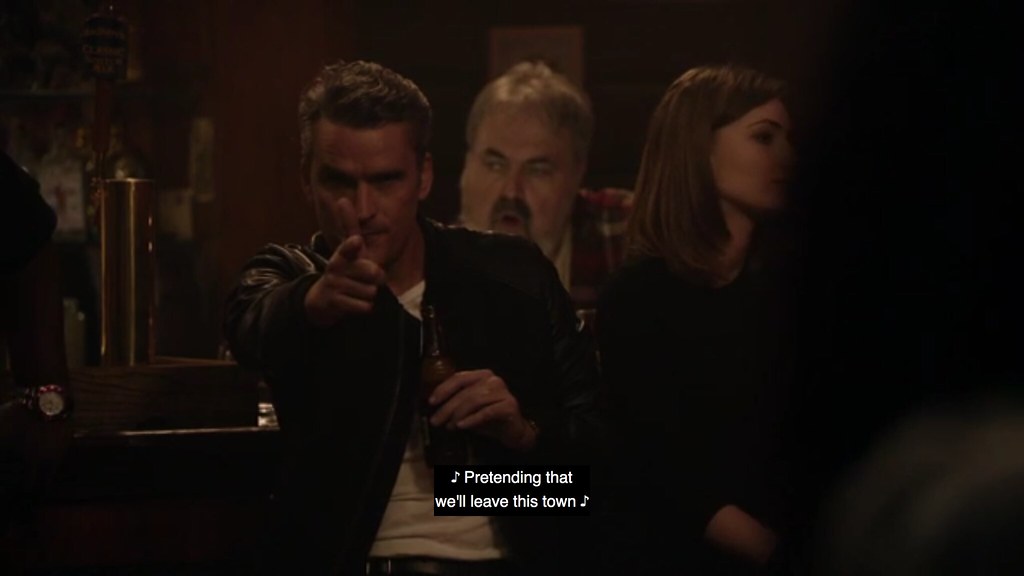(factory photograph of David Lynch)
Re watching David Lynch films (post Twin Peaks The Return obliteration), and reading Chris Rodley's fine book Lynch on Lynch, I compiled a list of influences on Lynch. I remember reading long ago that a primary influence on Lynch was blasting at deafening volumes Krzysztof Penderecki's work (I can no longer remember where I saw this interview), that seemed much more evocative to me than the paintings of the champagne drunk Bacon. It got me curious what else got his goat. I probably missed some.
- Robert Aldrich's film
Kiss Me Deadly
- Robert Altman's film
Images
- Kenneth Anger's film
Rabbits Moon
- Frank Bacon's paintings
- Angelo Badalamenti's music
- Bernd and Hilla Becher's photography (Lynch's factory photos)
- Ingmar Bergman's films esp.
Persona &
Cries and Whispers (The whispering that ends
Twin Peaks the Return is a clear reference to his work)
- Arnold Böcklin's paintings
- David Bowie
- Marlon Brando's
One-Eyed Jacks (
Twin Peaks' house of pleasure, across the border)
- Luis Buñuel and Salvador Dalí's film
Un Chien Andalou
- Frank Capra's films
- Jean Cocteau's films esp.
Orphée and
Le Sang d’un poète (very obvious with all the backwards and trick photography seen in
The Blood of a Poet)
- Maya Deren's films
- Marcel Duchamp (
Étant donnés is very clearly seen in films like
Blue Velvet)
- Germaine Dulac's film
The Seashell and The Clergyman
- Blake Edward's film
Experiment in Terror and the Henry Mancini soundtrack
- Federico Fellini's films, esp.
8 1/2 and
La Strada
- Victor Fleming, George Cukor, Mervyn LeRoy, Norman Taurog, and King Vidor's film
Wizard of Oz
- Judy Garland (from
Well now, I'm not gonna talk about Judy. In fact, we're not gonna talk about Judy at all, we're gonna keep her out of it to our hero Garland Briggs)
- Barry Gifford's writings (present in two Lynch films)
- Ron Hardy's film
The Wicker Man
- Jimi Hendrix's
Purple Haze
- Werner Herzog's films esp.
Stroszek
- Alfred Hitchcock's films, esp.
Vertigo and
Rear Window
- Edward Hopper's paintings and work
- Roy Huggins'
The Fugitive TV series
- Franz Kafka's writings (“The one artist that I feel could be my brother is Franz Kafka.”
Lynch on Lynch)
- Bushnell Keeler, painter. Lynch friend and mentor
- Oskar Kokoshka's paintings
- Stanley Kubrick's films, esp.
2001,
The Shining and
Lolita
- Charles Laughton's film
The Night of the Hunter (shot by Stanley Cortez)
- René Magritte's paintings and Surrealism in general
- Chris Marker's film
La Jetée
- Roy Orbison's music
- Krzysztof Penderecki's music
- Philadelphia the city, his biggest influence
- The Platter's music
- Roman Polanski's films esp.
Chinatown
- Jackson Pollock's paintings
- Otto Preminger's film
Laura
- Elvis Presley's music
- Jacques Rivette's film
Out 1
- Mark Robson's
film
Peyton Place
- Rod Serling’s
The Twilight Zone
- Douglas Sirk's film
Written on the Wind
- This Mortal Coil's music
- Jacques Tourneur's film
Out of the Past
- Jacques Tati's films, esp.
Mr. Hulot's Holiday and
Mon Oncle
- Edward G. Ulmer's film
Detour
- Bobby Vinton's singing in
Blue Velvet
- Billy Wilder's films
Sunset Boulevard and
The Apartment (very clear references esp. the minor character Gordon Cole in SB)
- W.C. Fields' acting, esp.
It's a Gift
- Robert Wise's films esp.
The Sound of Music and
West Side Story (WSS includes
Twin Peaks' Richard Beymer and Russ Tamblyn)
- Frank Lloyd Wright's architecture and design
- Neil Young's song
Love and War
- The 1950s in general


